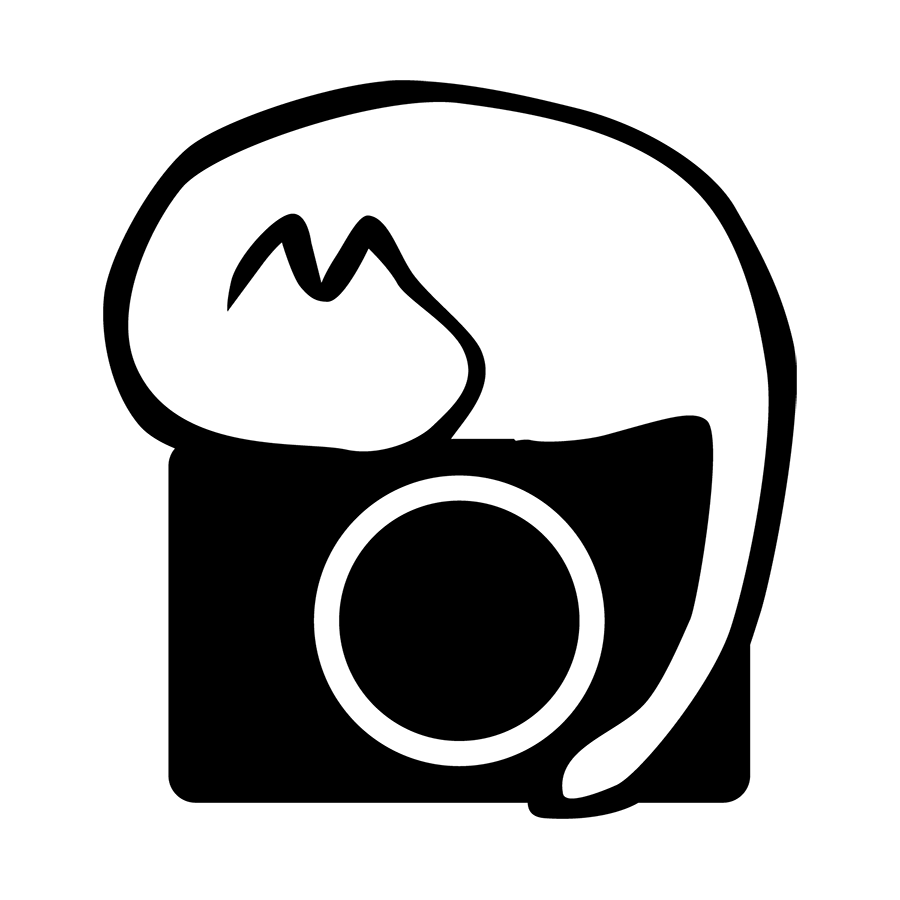Nikon D40
Purchased: Dec 2007
Status: Retired (Sold, Oct 2009)
Entry Date: 9/2/2024 (Summary in retrospect)
This was my first ever DSLR.
Camera phones were non-existent then, let alone smartphones, and the only way to take pictures was to carry an additional device (aka a camera) with you, so I had a point and shoot prior to this (a Kodak, though I cannot really recall the model number now), which I shared with my sister. It was something that I used only occasionally like for travel or for family events, but definitely it piqued my interest in photography and I wanted to try it out as a hobby.
One of my good friends bought a D40, and showed me the photos he had taken with it. I was surprised at the images - I never would have thought that a DSLR’s images could be so crisp and full of detail, which was totally different from what I was used to with my compact camera.
Back then in Singapore every quarterly there would be an IT show, which was a good place to try out new tech and buy items at discounted prices. (Side note: are IT shows still in thing in SG?? Haven’t heard much of it recently) When the D40x was released, there were significant discounts on the D40 in the IT show and I got my first DSLR there as a double lens kit - it came with the AF-S 18-55 (non-VR) and AF-S 55-200 VR (non-locking type)
I can still remember how excited I was to try it out on my cat at home then, and boy I was ecstatic with the images I was getting out of it.
I did not know much about cameras at the beginning, and pretty much shot everything in Auto mode + JPG fine. The SOOC jpgs were definitely impressive, and some of these JPGs held up to editing pretty good as well as I tried putting them through Lightroom after I got more acquainted with photography as time went on.
(Sidetracking a bit, regardless of what others may say, I believe even now, it is totally fine to shoot in Auto mode at the beginning if you are new to camera systems as the settings may be too overwhelming. Take your time to get used to the camera before diving into the deeper settings.)
I wanted to learn more about the camera, and photography in general, so I discussed and experimented a lot with my friends and read online forums for more information.
I still remember these were some of the things that I misunderstood/bugged me at the beginning:
Everyone mentioned that it was better to shoot in RAW as it gave more editing headroom. I did not realize then that RAW files could only be read by certain software, and I was struggling to edit my RAW files (thankfully I did shoot in RAW+JPG for insurance). And if anyone could recall, ViewNX was not exactly the best software experience…
A friend told me to use Aperture Priority so that at least I have one variable in control, but I kept my lens wide open all the time as I wanted higher shutter speeds lol.
I disliked moving away from ISO 100 since it gave the best image quality (thinking back how did I even take my shots at ISO 100 all the time??)
Before I understood the concepts of focal length, I always thought that a higher zoom multiplier meant that the lens could “zoom- in” further away - basically I had the impression that an 18-55 lens (3.1x zoom) and a 55-200 lens (3.6x zoom) both start at the same angle of view, and that the 55-200 could just zoom in more (aka in proper terms, narrower angle of view at the telephoto end) just because it is a 3.6x zoom. After I got my kit I finally realized the focal length was what matters to angle of view, and the zoom ratio is just a ratio of max/min focal length.
Using the 18-55 to take close up shots of small things (like LEGO pieces), I was very fed up being unable to get everything crisp and sharp - that’s when I learnt about depth of field, and also bokeh, the hard way lol.
The bundle I got at the IT show came with a free 3rd party battery - not some cheap knockoff but from a proper reputable 3rd party battery manufacturer. At that time I did not have any issues with it and was happily using it, until as I upgraded and read about all the scary incidents about 3rd party batteries. Guess ignorance is bliss in my case eh haha
Did I mention it had only 3 AF points? Granted I was using center AF point most of the time but man, it is certainly hard to imagine that now, since even entry level mirrorless cameras have AF points covering a very good portion of the image sensor.
Definitely nostalgic writing this piece of summary and thinking back on all the fun I have had with this little camera. It was one of the last CCD sensors (and at that time I did not even know about sensor technology and all), which reproduced lovely and vibrant colors in its files, albeit at the expense of very atrocious high ISO performance. If I remember correctly things fell apart real quick after ISO 400 lol.
